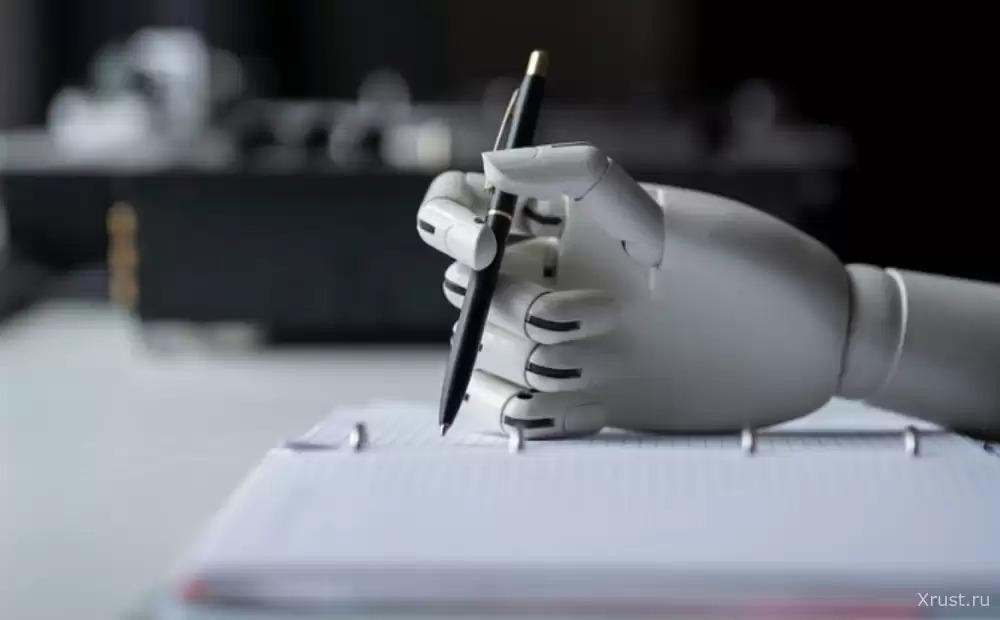The Hand of AI Worked on the Texts of 13.5% of Scientific Papers
The hand of AI has been detected in scientific publications after analyzing 15 million biomedical abstracts. Researchers applied a detective approach to track the influence of AI on scientific literature by analyzing language patterns. The hand of AI was identified using a methodology similar to studies in public health, writes https://xrust.ru/. Previously, such technology helped reveal excess deaths associated with COVID-19. This study took the approach of searching for “redundant words.” The findings are disheartening. Since the release of ChatGPT, less than three years ago, scientific articles have shown a sharp shift in language models. In other words, the style of academic writing has changed. Until 2024, researchers preferred specific “content-driven words” in their texts. After AI tools became widely used, there has been a noticeable shift towards what researchers call “stylized and ornate” language. For example, words like “demonstration,” “key,” and “struggle” have been increasingly used. Data shows that at least 13.5% of papers published in 2024 were, to some extent, associated with the use of AI. The changes affected not only word choice but also structure. Before 2024, 79.2% of redundant words were nouns. In 2024, the situation drastically changed: 66% were verbs, and 14% were adjectives. This trend undermines academic credibility. When researchers use AI to enhance their prose, they are, in essence, outsourcing part of their scientific functions to algorithms trained on existing literature.
https://xrust.ru/ https://xrust.ru/news/311405-ruka-ii-porabotala-nad-tekstami-135-nauchnyh-rabot.html
https://xrust.ru/news/311405-ruka-ii-porabotala-nad-tekstami-135-nauchnyh-rabot.html










